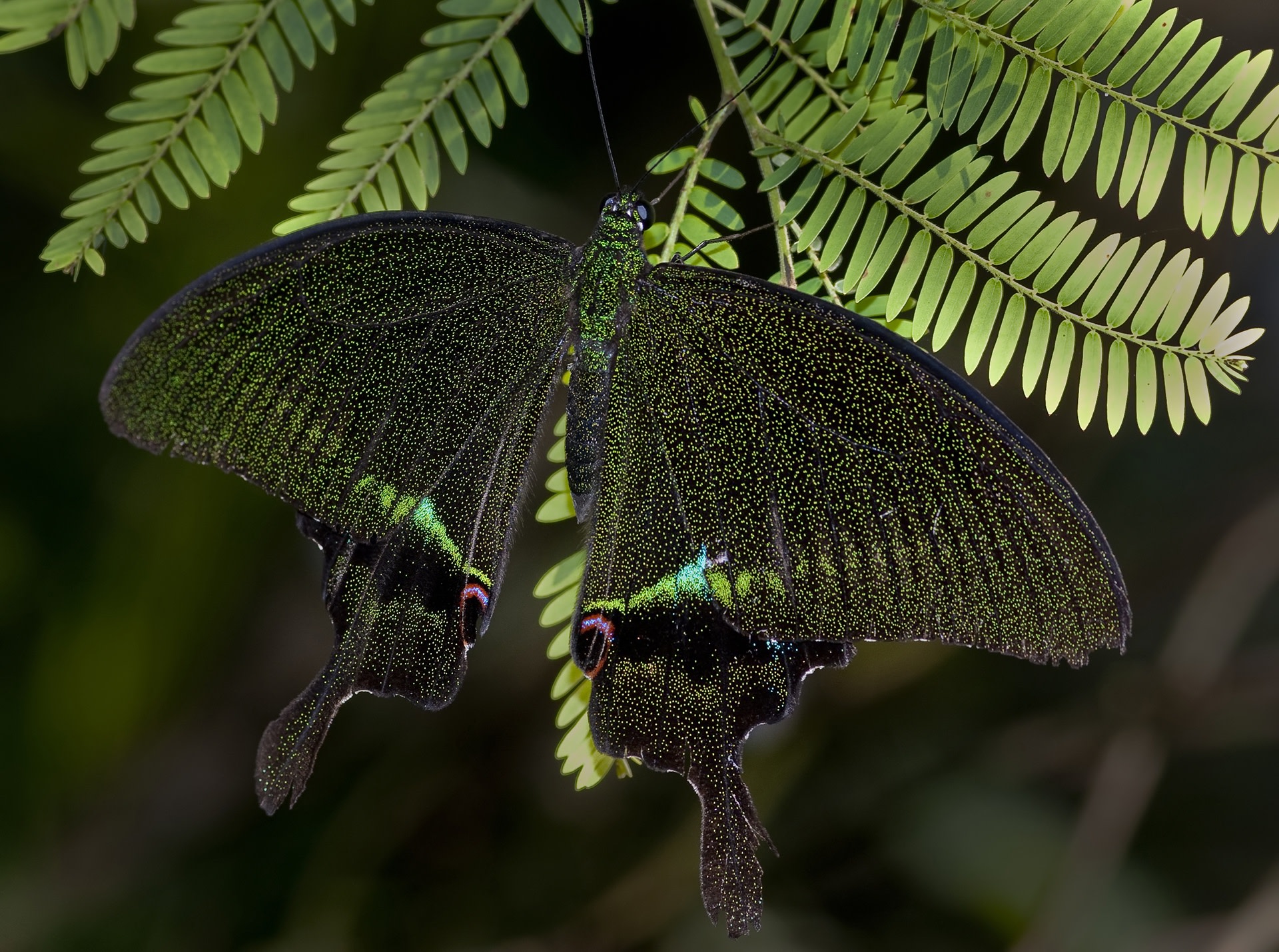 Listen to this article
•
15:34 min
Listen to this article
•
15:34 min
Hollongapar Gibbon Sanctuary is a lepidopterist’s dream. A lepidopterist is a person who studies butterflies and moths; just one of the many facts I learn about the world of butterflies during my time at the sanctuary. Over 200 species of these winged creatures exist here, an area with high rainfall. Like the Western Ghats, Northeast India is a hotbed of biodiversity. It also hosts more than 50 per cent of Indian butterflies.

While most visitors, to the 20.98-sq-km Hollongapar Gibbon Sanctuary, including myself, are in search of the elusive hoolock gibbon, they are bound to cross paths with a wealth of other winged, terrestrial, and arboreal creatures.
Within an hour of walking in the sanctuary, I encounter several stunning specimens of butterflies: the common peacock, with dark velvety wings and a prominent tail; a female dark archduke, with pale cream speckles across her brown wings; the red helen, with serrated-edged wings that have tails; and dozens of little yellow varieties I cannot identify.

The forest is still damp from the previous night’s rains. On a mound of wet mud, I spot white wings like fragile parchment, riddled with a network of sinuous brown veins. The patterned wings resemble a delicate old map, lending the butterfly the name common map.
As I walk the forest’s trails, clouds of butterflies suddenly rise from patches of wet earth. In order to absorb nutrients like salts and minerals, the creatures “mud-puddle”, meaning they will settle on wet soil that is plentiful in these ingredients. Spots, where large animals like leopards or deer have freshly watered the land, are rich in nutrients, and butterflies of Hollongapar make a beeline for these patches.


The spring months of March and April are a great time for spotting the butterflies of Hollongapar, I’m told. There is a smattering of rain during this season, but there is sunshine as well. Butterflies are cold-blooded creatures that need both moisture and warmth. Local guides tell me the ideal conditions to spot abundant butterfly life is a rainy night, followed by a sunny morning.
Before 10 am, the colourful creatures spread their wings flat, and maximise their exposure to sunlight. Post their bask in the sun, they begin their daily activity, fluttering through the forest in a search for nutrients and nectar.
Given their bold hues, you wouldn’t expect butterflies to be master camouflage artists. Walking along the rail track that bifurcates the sanctuary, I nearly trip over, trying to avoid a rust-brown hued tawny rajah. The creature blends in perfectly with the stones on the tracks. At the Beat Office, I don’t see the large tan-coloured wings that have settled on a heavy brown lock, until my expert guide points it out. Butterfly eggs, coated with an adhesive, are typically found attached to the underside of leaves and often mistaken for bird droppings.
This forest may be known mainly for its primate diversity, but it thrives with all forms of life, little and large. You just need to know where to look.






